5 Of The Best Stress Relief Exercises For A Calm Mind & Body
On days when you have a lot to do but only have a limited time to get things done it’s easy to get really stressed out. Irrespective of the different lifestyles we lead, taking action to control our stress levels is a major priority.
Stress is an inevitable part of our lives that we simply can’t get away from. But the good news is that there are many ways with which we can actively de-stress and reduce our stress levels substantially. One the best ways to do this is by exercising.
Why exercise?
Well, physical activity in general reduces cortisol levels (our body’s stress hormones). Breaking a sweat and getting active allows your body to produce endorphins, which consequently help your mind and body to relax. This means you can get much better sleep quality, an improved mood and a clear mind throughout the day by practicing stress relief exercises.
Sounds like a whole bundle of rewards that are really worth it doesn’t it? So the next time you feel overwhelmed by all that’s causing you a lot of stress, keep in mind that you can take action to reduce your stress by getting your body to move.
Related: Stress is an inevitable part of our lives that we all have to handle. It all comes down to how good we take care of ourselves to reduce stress. Here are 8 Self Soothing Techniques to Reduce Stress.
Here are 5 Of The Best Stress Relief Exercises to Reduce Your Stress Levels:
1. Stretch

Stretching keeps your muscles flexible, strong and healthy. You need that flexibility to maintain a range of motion in the joints. Without it, your muscles shorten, become tight and create tension which consequently causes stress. This puts you at risk for muscle damage and joint pain. Practicing a few revitalizing stretches can help stimulate your nervous system and reduce the production of those unwanted stress hormones that are ruining your mood.
- Lie on your back with your legs straight and your hands on your abdomen. Inhale slowly through your nose and exhale gradually.
- Bring your knees to your chest while continuing to inhale and exhale. Make sure you’re not holding your breath — keep your breathing steady.
- Place your legs straight on the floor, lifting your right leg and bending it at the knees so your leg is at a 90-degree angle to the floor. Bring your right knee across your body until it touches the floor, making sure your shoulders remain flat. Use your left hand to push down your knee, increasing the stretch. Repeat on the other side.
- Lie flat on your back, pull in your feet until the soles of your shoes are touching, and spread your knees as far apart as possible. Finally, apply pressure with your hands.
2. Tai Chi
Tai Chi is an excellent way of working out while focusing on your breathing techniques that are guaranteed to calm your mind and body.
It consists of easy, slow paced movements that ease your body yet work your muscles. It gradually strengthens your muscles and improves your flexibility and balance. Often described as meditation in motion, Tai Chi offers plenty of health benefits, of which reduced stress is included.
Check out this video by Jake Mace on Tai Chi For Beginners to get started right away.
3. Yoga
Yoga offers us tools to cope with all the stress that overwhelms our mind.It combines poses with controlled breathing and mindfulness. When inner peace is hard to find, it’s time to tune into the body.
The techniques involve figuring out where stress or panic lands in the body, and take our mind and breath there. There are many different styles, forms, and intensities, so you’ll never get bored of this wonderful stress relief exercise. Yoga can significantly reduce stress, lower blood pressure and lower heart rate.
Check out this video by Mad Fit on Full Body Yoga for stress and anxiety relief.
4. Walk

Walking may be one of the most overlooked stress relief exercises. It remarkably boosts endorphins which allows you to clear your head and puts you in a meditative state. Walking gives you more energy and reduces fatigue. You may consider taking a walk in a park or some place where there’s a lot of greenery since spending time outdoors in nature has been linked to stress reduction and improved attention and memory.
5. Full Body Routine
This Full Body Workout takes 15 minutes and you’re bound to feel much more calm while having your body toned at the same time. You’ll need a watch with a second hand and a mat or carpeted surface for these workouts. Do each exercise series for five to six minutes and repeat once. For the final three to five minutes, just sit in a cross-legged position with your eyes closed, breathing deeply.
1. Reverse plank to lower-back stretch:
Start by sitting with your hands on the floor next to your hips, fingers forward and palms flat, with your legs extended and chest arched toward the ceiling. Press into your feet and lift your hips as high as you can, holding for 30 seconds. Then, lie back and hug your knees into your chest and rock gently through the hips for 30 seconds.
2. Elbow plank to prone press-up:
You’ll start in plank position with your palms and forearms on the floor and your elbows under your shoulders. Keep your arms parallel and your legs extended behind you, forming a straight line from head to heels. Hold for 30 seconds and then lower your body to the floor, lifting your abs and chest while arching your upper back. Hold for 30 seconds.
3. Plié to full-seated bend:
Stand in a plié position, with your feet shoulder-width apart and turned out. Then, lift your arms overhead in a wide V position and bend your knees 90 degrees. Pulse up and down 2 inches for 30 seconds. Sit with your legs extended, hinge forward from your hips and grasp your feet, then hold for 30 seconds and breath deeply.
4. Front lunge to forward elbow fold:
Stand with feet hip-width apart and lunge forward with your left leg. Raise your hands overhead, palms facing each other, and return to start with your feet hip-width apart and knees slightly bent. Hinge forward, grasping opposite elbows and stay there for 20 to 30 seconds.
5. Side elbow plank to overhead reach:
Lie on your left side with hips stacked and elbows on the floor under your shoulder. Extend your right arm toward the ceiling and stagger your right foot in front of the left. Lift your hips, balancing on your lower arm and the edges of your feet, holding for 20 seconds. Lower your hips to the floor and arc your right arm overhead, reaching for 20 seconds. Switch sides.
Related: There’s more to stress than the fact that it’s overwhelming. Our mind and body are affected in ways you may not be aware of. Here’s Stress – How it Affects The Mind and Body.
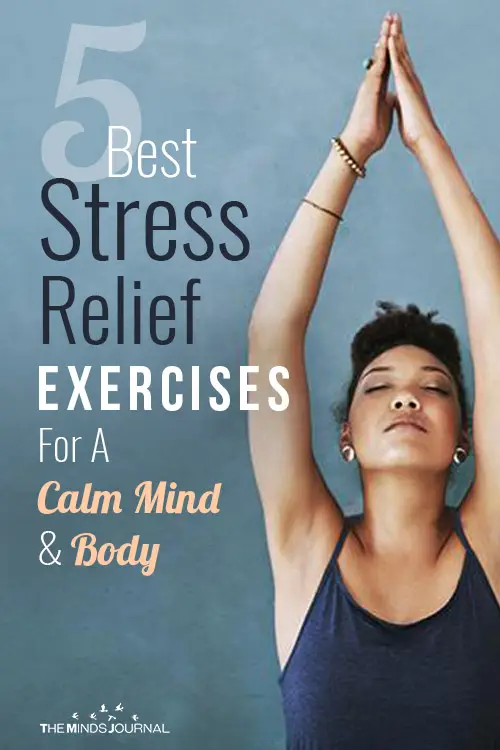
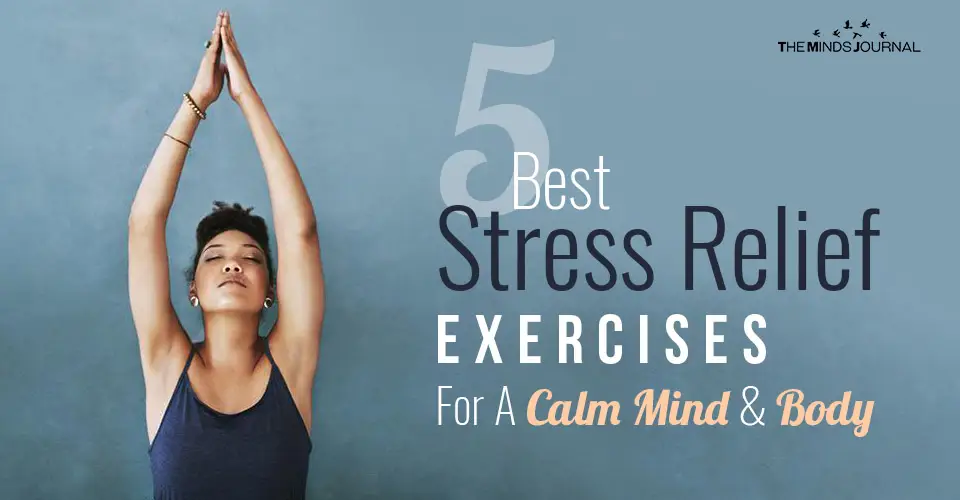
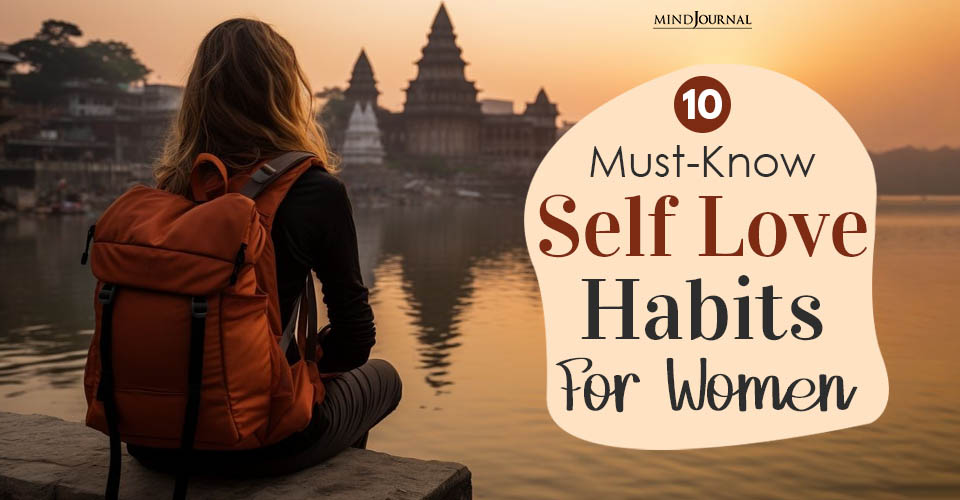
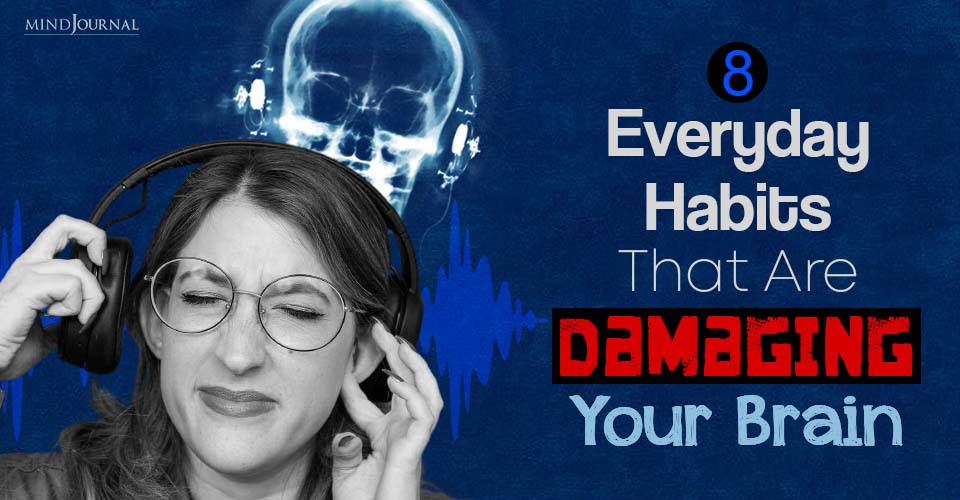


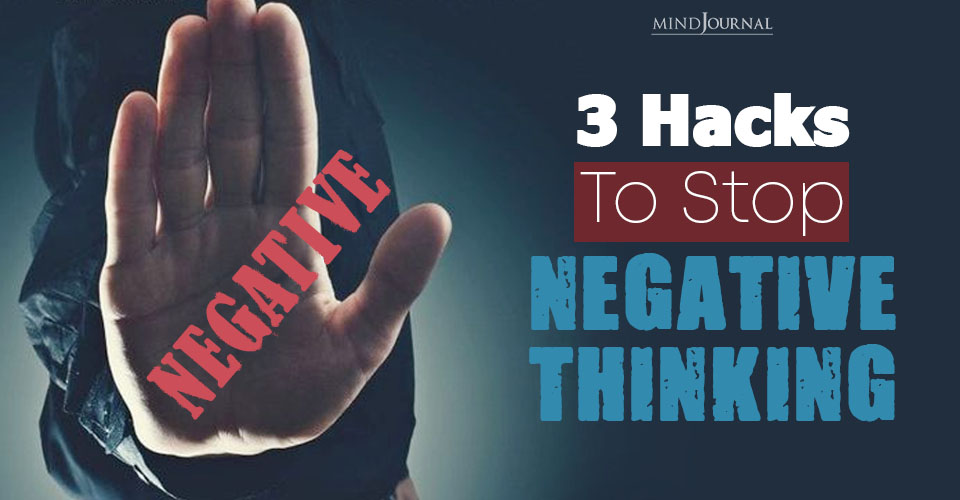


Leave a Reply
You must be logged in to post a comment.